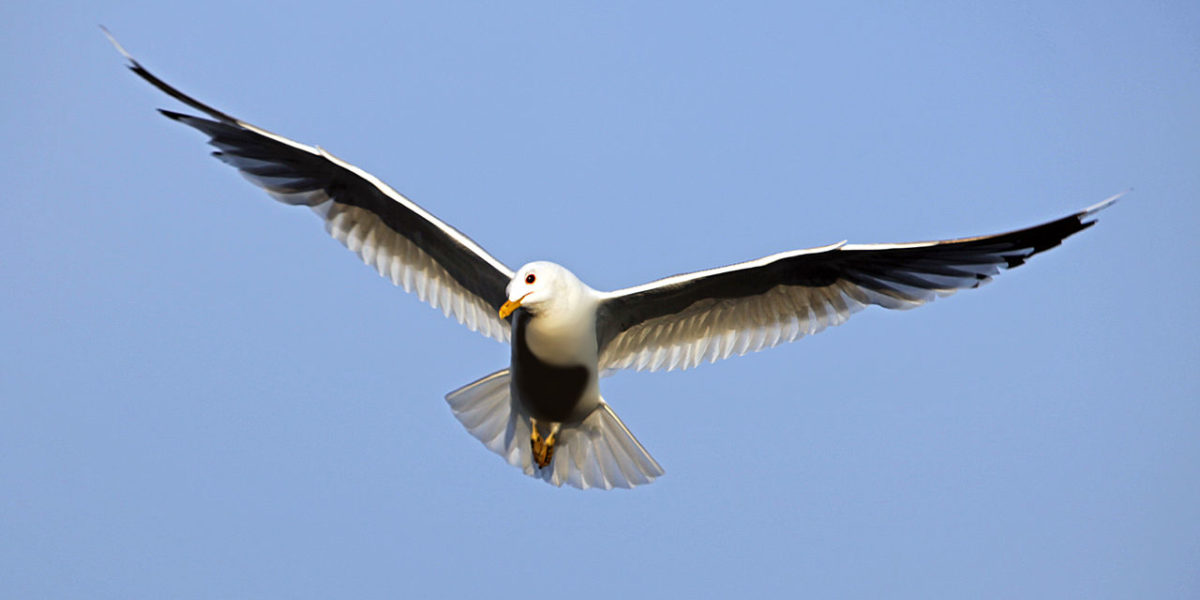Flight is a concept that has, until relatively recently in history, eluded humanity. However, birds have been successfully flying for approximately 130 million years, proving themselves to be a physical marvel of the natural world. And while our means of flight have historically been crude in design and performance, nature provides an elegant, efficient solution to get creatures off of the ground. Rüppell’s griffon vultures have been recorded flying as high as 37,000 ft, while some species of shorebirds have been recorded flying as far as from Alaska to New Zealand over eight days without stopping. But how exactly do birds seem to effortlessly overcome gravity so effectively? And perhaps more importantly, how might we apply these answers to improve manmade aircraft?
Continue reading “Staying airborne: How bird wings are built for aerodynamic and efficient flight”Author: Griffin Yates
arthritis balance bio-inspired design bone brain cartilage climbing extreme conditions feet flying animals growth and development hands healing heart and the cardiovascular system humans impact insects joints jumping land animals lungs and the respiratory system marine animals material science medicine muscle other injury other sports pain plants predation prevention prosthetics recovery and rehabilitation robots running skin spine and back sports injury strength training surgery swimming technology tendons and ligaments treatment walking
